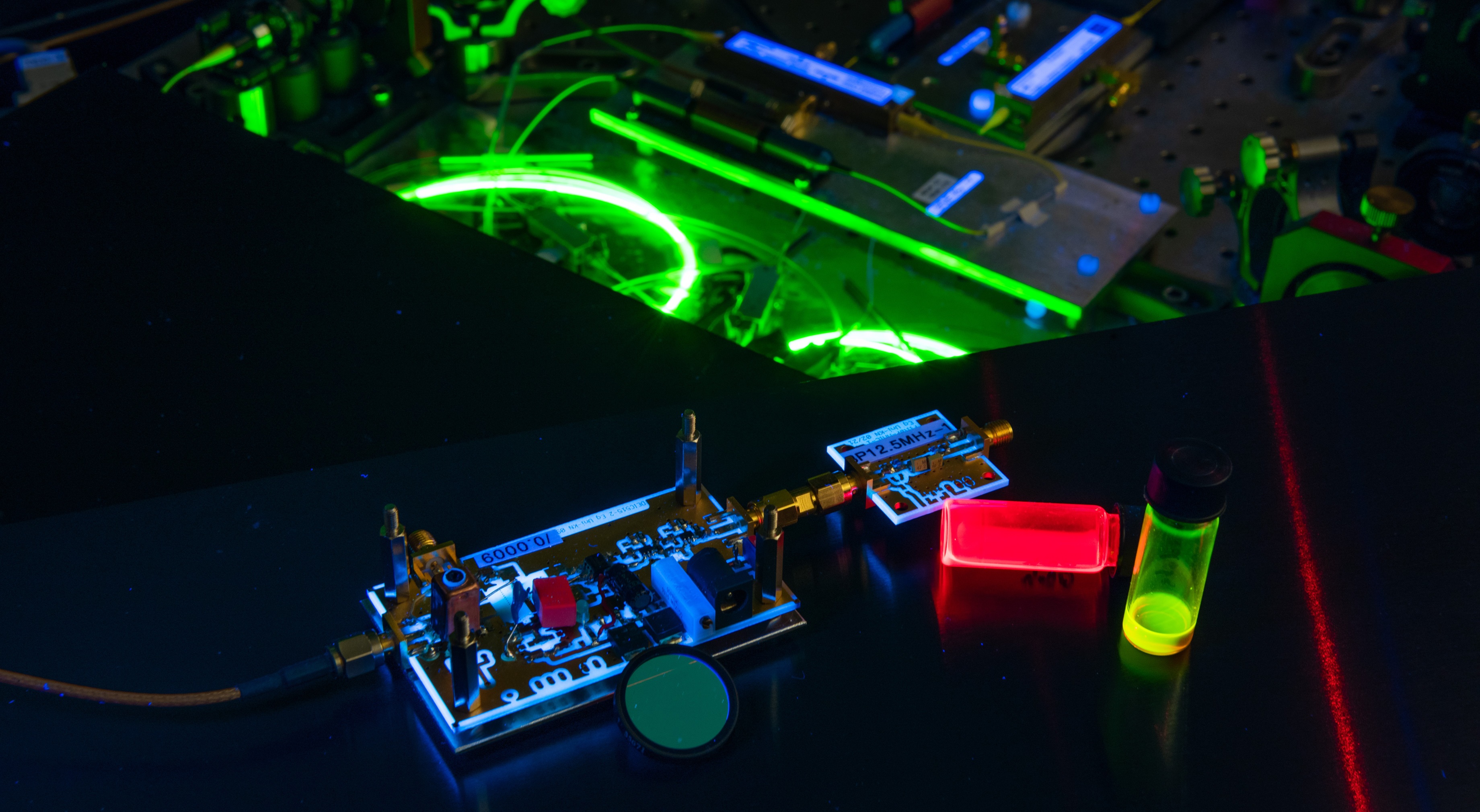
2013-2018: PhD in physics, Weizmann Institute of Science, supervisor: Prof. Dan Oron
2010-2012: MSc in physics, Weizmann Institute of Science, supervisor: Prof. Dan Oron
2005-2010: BSc in materials engineering, BSc in physics, Technion Institute of Technology, graduated summa cum laude
Fast-to-ultrafast study and control of quantum emitters
Generating ultrashort pulses of light and studying their interaction with matter enabled a leap in our understanding of the dynamics of excitations in atoms, molecules and condensed matter. This year’s Nobel prize in physics, among others, recognized the significance of breakthroughs in ultrafast laser sources for examining the foundation of physics, chemistry and the life sciences. However, there is still a large gap between generating pulses as short as a few femtoseconds or even a single attosecond and applying them in meaningful spectroscopic experiments. In few areas, this distinction is as clear as in the realm of nanoscience. Studying electronic dynamics in nano structures is extremely challenging due to heterogeneity at the ensemble, on the one hand, and the small interaction cross section of single particles with light, on the other hand. Below, I propose the development of novel approaches that combine multiple experimental platforms to study and control the fast-to-ultrafast (microseconds to femtoseconds) dynamics of electrons in individual nanoparticles. My long-term objective is to harness the quantum advantage of colloidal nanoparticles, at the single-particle level, as a source of shaped quantum states of light and as unique sensors of their environment with a potential for unmatched spatio-temporal resolution. To optimally access this regime, I present an ambitious experimental plan which targets coherent quantum effects in nanoparticles. Three conditions to observe such effects guide the proposed experiments: observing (i) individual quantum dots (ii) at cryogenic temperatures and (iii) at a large range of timescales. The last principle will be accomplished, in large part, by electrically biasing nanoparticles over a large frequency range from radio frequencies to strong terahertz waveforms. Developing these experimental platforms will form a unique research group which, I believe, will stand at the forefront of an emerging scientific field - quantum science and technology with imperfect and non-isolated nano objects that benefit from the variability of chemical synthesis and the technological readiness that comes along with it. While the current proposal targets colloidal quantum dots as the matter system, the developed methodology will be valuable for the study of electronic excitations in various systems such as molecules (small and macro), solid-state defect, nanowires and two-dimensional materials.



